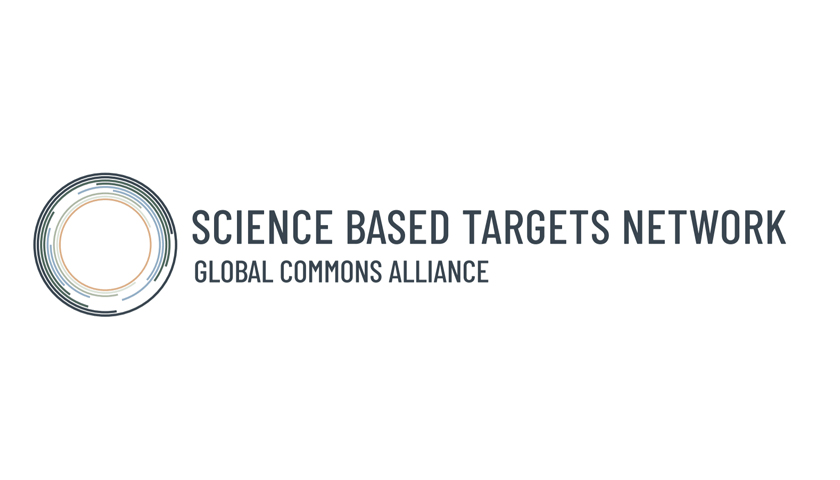On March 18, 2025, the Science Based Targets Network (SBTN) launched the first-ever ocean science-based targets, starting with seafood, at the Seafood Expo North America. This milestone completes SBTN’s initial suite of science-based targets for nature – providing companies with a clear framework for environmental action across freshwater, land, and now ocean.
Highlights:
- New ocean targets for seafood provide a globally recognized, standardized framework to help companies move beyond traditional sustainability commitments, scale their action, and build more resilient supply chains.
- Developed under the leadership of World Wildlife Fund and Conservation International, the targets help companies address key drivers of ocean degradation – including habitat and biodiversity loss and overexploitation of fish stocks; strengthening both marine ecosystems and long-term business viability.
- Companies can now get involved by registering interest in setting targets, exploring and using the new methods, and signing up for a launch webinar taking place on March 25 to learn more.
Why Ocean Science-Based Targets Matter
The ocean is the planet’s largest carbon sink and a vital buffer against climate change, producing most of the world’s oxygen and absorbing vast amounts of carbon dioxide. Yet, ocean ecosystems are under immense pressure – overfishing and habitat destruction from seafood production are among the leading causes of ocean degradation. Without urgent action, the stability of marine ecosystems and global seafood supply chains is at risk – and further weakening the ocean’s ability to mitigate climate change.
The seafood industry has made progress in sustainability through certifications, corporate targets, and responsible sourcing commitments. But as environmental pressures intensify and regulations evolve, companies must go further.

A Standardized, Credible Approach for Business & Ocean Health
SBTN’s ocean science-based targets set a new benchmark for corporate action across the seafood value chain, helping companies integrate the latest marine science into their business strategies.
The targets provide a standardized, independently validated framework that aligns with voluntary and regulatory reporting requirements. Companies setting these targets can go beyond traditional sustainability commitments to tackle habitat loss, overfishing, and marine biodiversity decline while strengthening long-term supply chain resilience.
Developed under the leadership of World Wildlife Fund and Conservation International, with support from a Steering Committee including the Marine Stewardship Council, Sustainable Fisheries Partnership, FishWise, UNEP FI, The Nature Conservancy, and the Aquaculture Stewardship Council, these targets can increase the pace and scale of corporate action.

Addressing Key Drivers of Ocean Degradation
There are three specific science-based targets that companies can set in the seafood sector, each corresponding to a key driver of ocean degradation:
- The Avoid and Reduce Overexploitation target covers wild fisheries, helping companies avoid reliance on commodities derived from overexploited stocks and engage in seascapes and jurisdictions to improve stock health and reduce overfishing.
- The Protect Marine Habitats target covers wild fisheries and aquaculture sites, helping companies avoid and reduce impacts on structural habitats in marine and transitional environments.
- The Reduce Risks to ETP Species target addresses impacts to endangered, threatened, and protected (ETP) marine wildlife from wild capture fishing and aquaculture.


